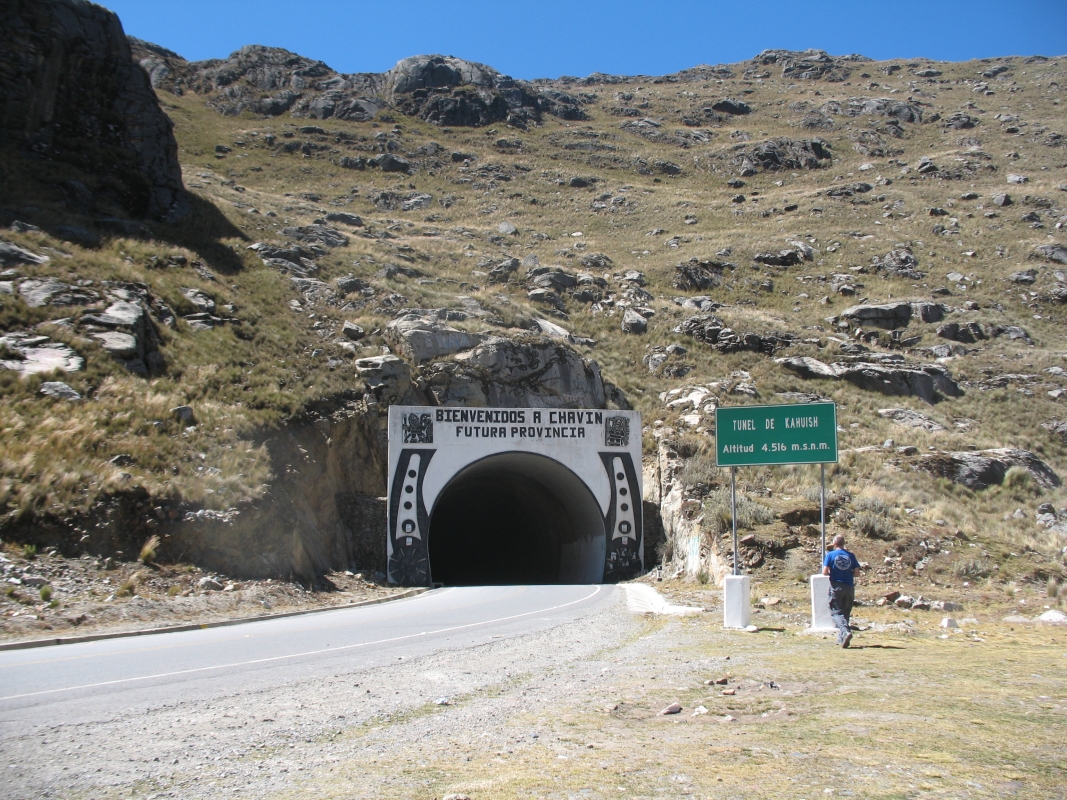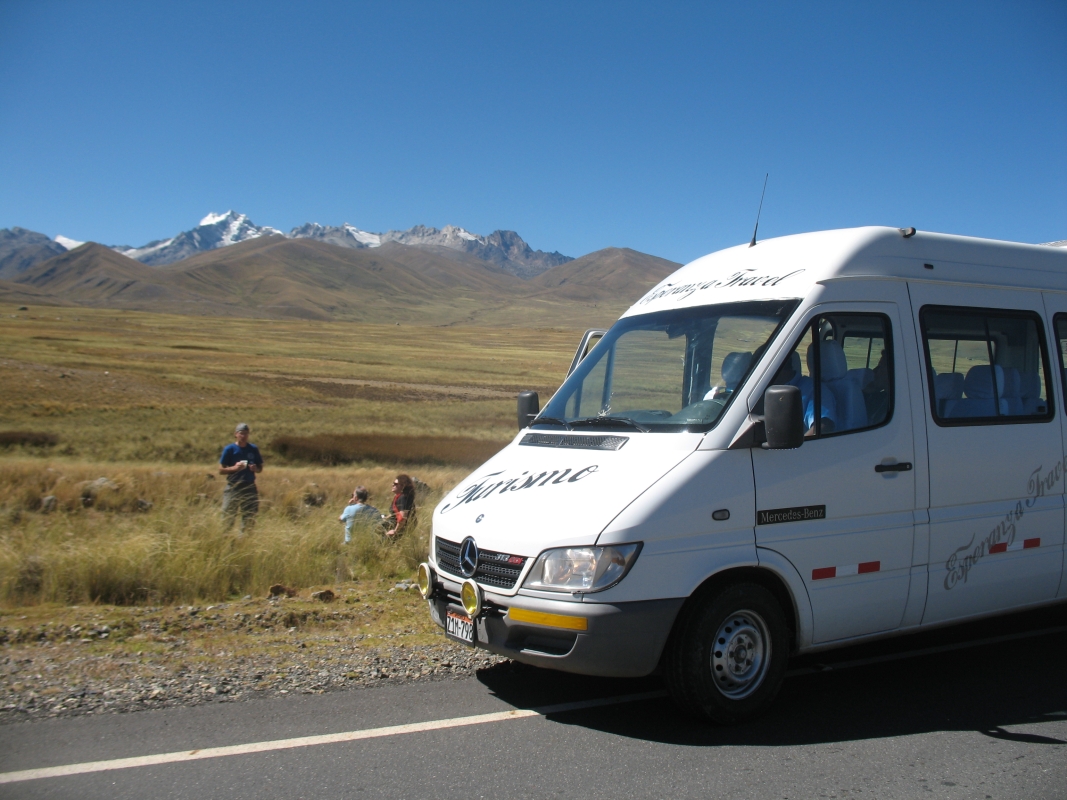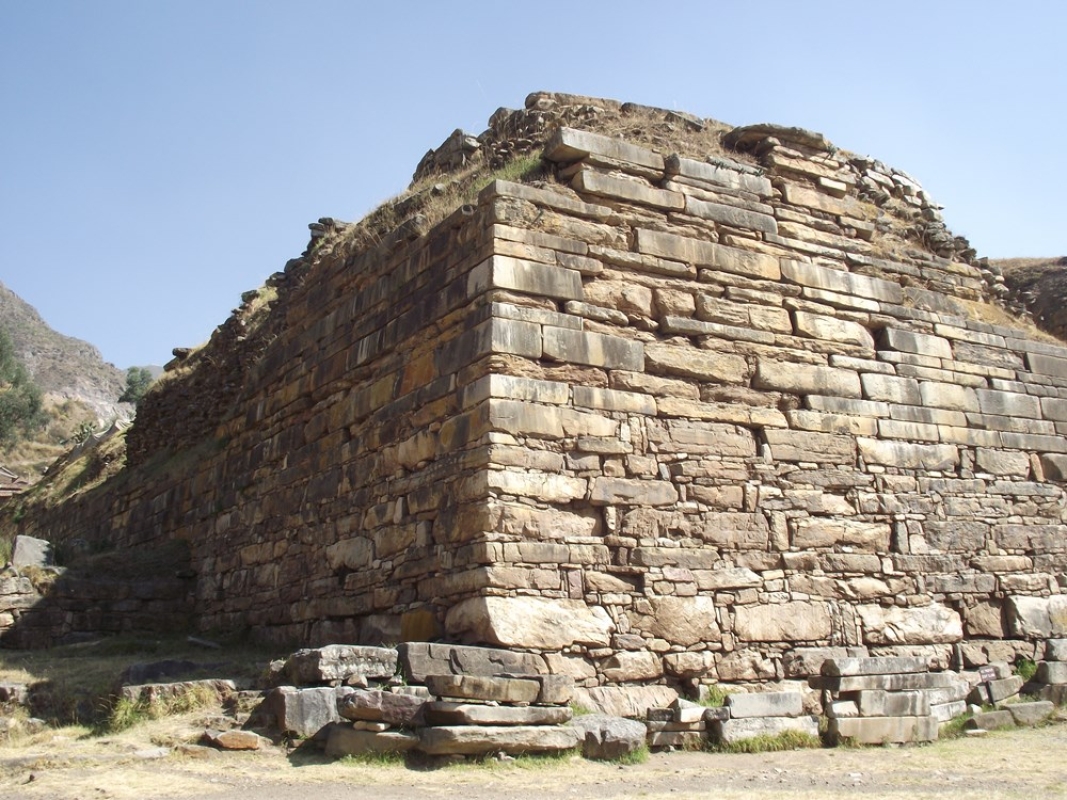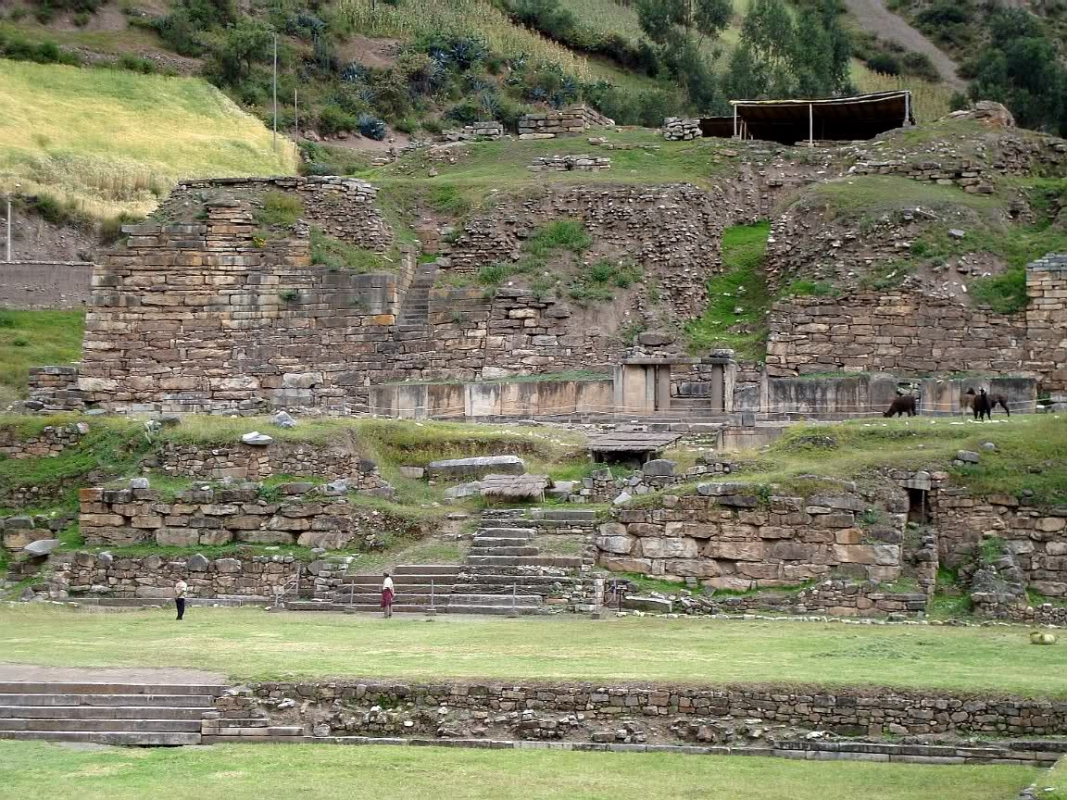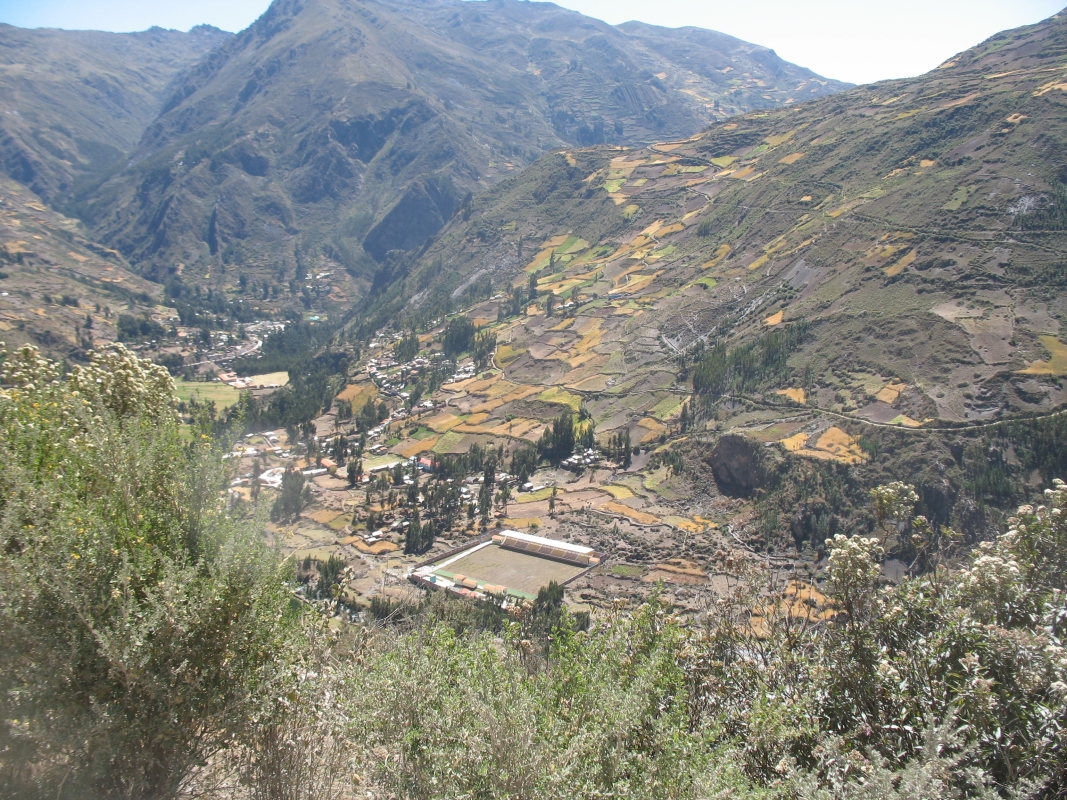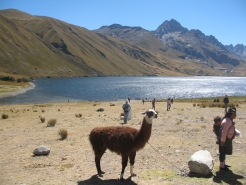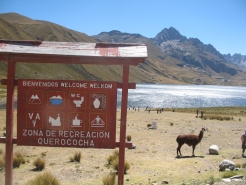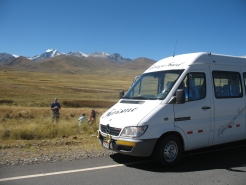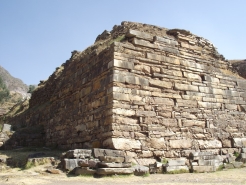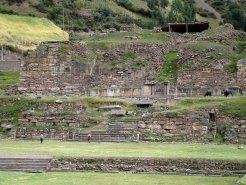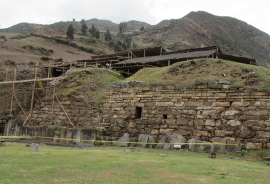Home / South America, Peru Tours / Culture & Historical
Chavin Ruins - the Pre-Incas archeaological center
Huaraz, Huaraz,
Duration
1 day(s)
Tour type
Regular
Group size
2-200 people
Physical Level
easy
Tour Overview
The
archaeological site of Chavín de Huántar sits at an elevation of 3,177m
(10,425ft) above sea level in the Peruvian Andes and is located at the
confluence of the Mosna and Wacheksa rivers. Chavín once intersected several
major trade routes through the Cordillera Blanca mountain range, a strategic
location for the capital of the Chavín civilization. The site is located near
the Callejón de Huáyla Valley where the village of Chavín de Huántar is
located. Chavín is now served by a recently-upgraded, asphalt roadway. Covering
12,000 sq m (129,167 sq ft), the site includes massive temple structures with
significant interior and subterranean space, pyramidal platforms, courts, and
sunken plaza spaces, most of which are aligned on a common axis. Over time,
river floods have eroded much of this stone architecture; its mountainous
location has also made it susceptible to destructive landslides (as recent as
1945) and earthquakes (as recent as 1970) over the centuries.
Activities
Tour Features
Duration
1 day(s)
Max Group Size
2-200 people
Tour Code
FCHCH
Departure Type
guaranteed
Tour Category
Culture & Historical
Guiding Method
Fully guided
Operated In
Age Requirement
6 - 85
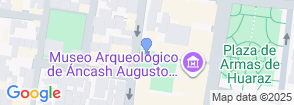
Huaraz
08:00
Huaraz
19:00
Highlights
Itinerary
Day 1
The
archaeological site of Chavín de Huántar sits at an elevation of 3,177m
(10,425ft) above sea level in the Peruvian Andes and is located at the
confluence of the Mosna and Wacheksa rivers. Chavín once intersected several
major trade routes through the Cordillera Blanca mountain range, a strategic
location for the capital of the Chavín civilization. The site is located near
the Callejón de Huáyla Valley where the village of Chavín de Huántar is
located. Chavín is now served by a recently-upgraded, asphalt roadway. Covering
12,000 sq m (129,167 sq ft), the site includes massive temple structures with
significant interior and subterranean space, pyramidal platforms, courts, and
sunken plaza spaces, most of which are aligned on a common axis. Over time,
river floods have eroded much of this stone architecture; its mountainous
location has also made it susceptible to destructive landslides (as recent as
1945) and earthquakes (as recent as 1970) over the centuries.
Included
Excluded
Home
City Sightseeing
Culture & Historical
Healthy Thermal & Beauty
Indian package
Luxury Tours
Combined Country
Anzac Day
Culinary, Wine, Food & Tasting
Eco Tours
Honeymoon
Blue Cruise Ship
Gulet Cruise
Adrenaline & Extreme Sport
Amusement Park Tickets
Adventure
Event
Road Tour
Special Days
M.I.C.E Package
Women Art
Stop Over
National Park
Shopping
Religious
Family Holidays
New Year & Christmas




